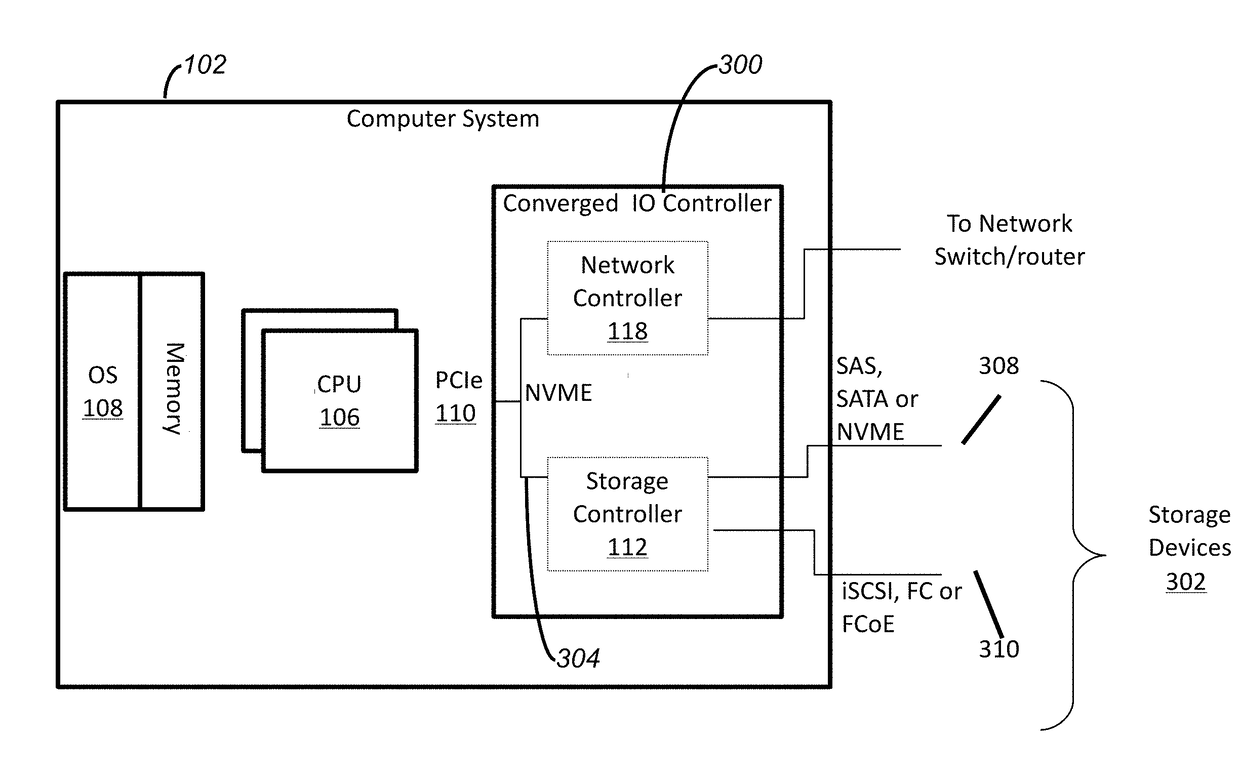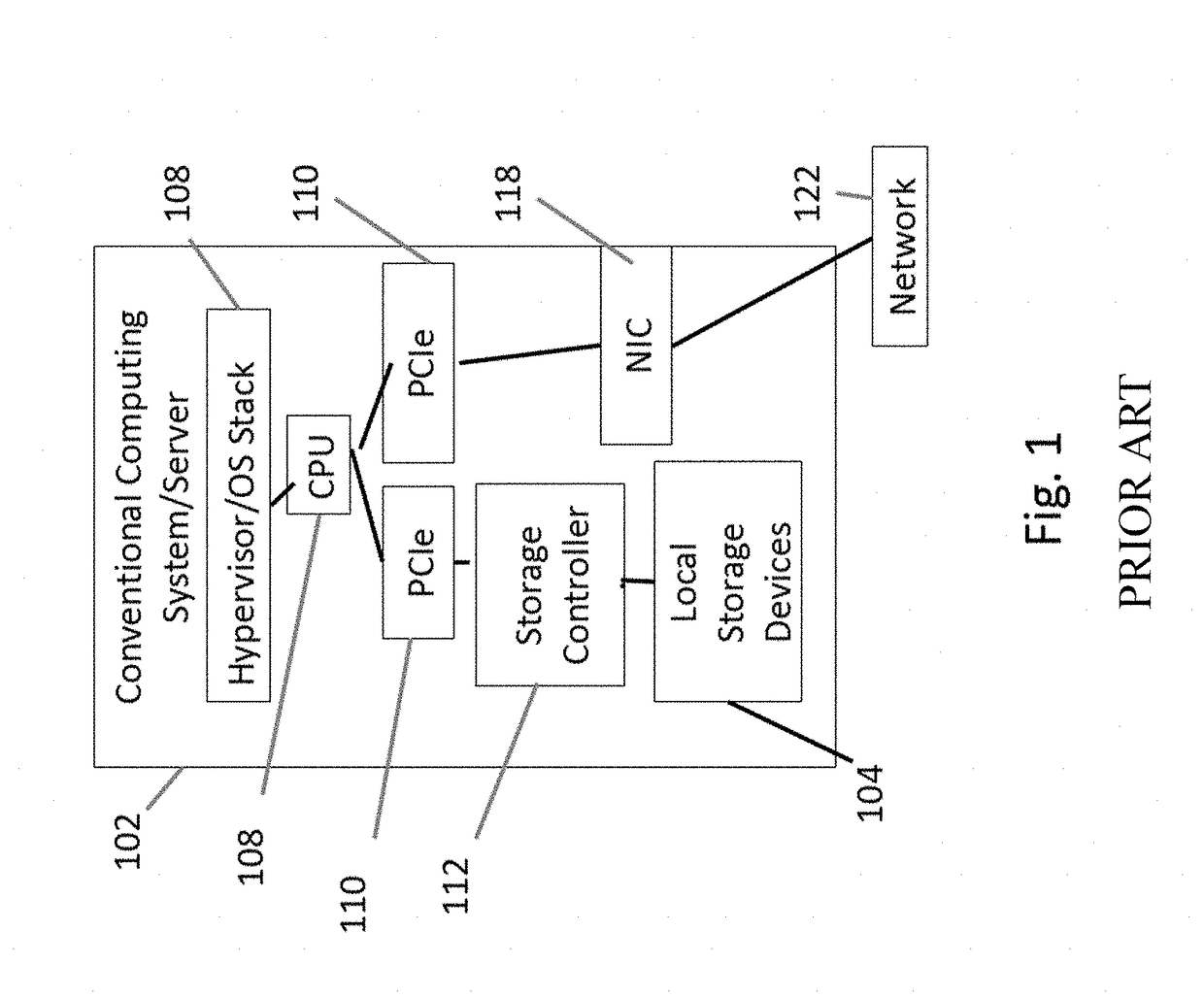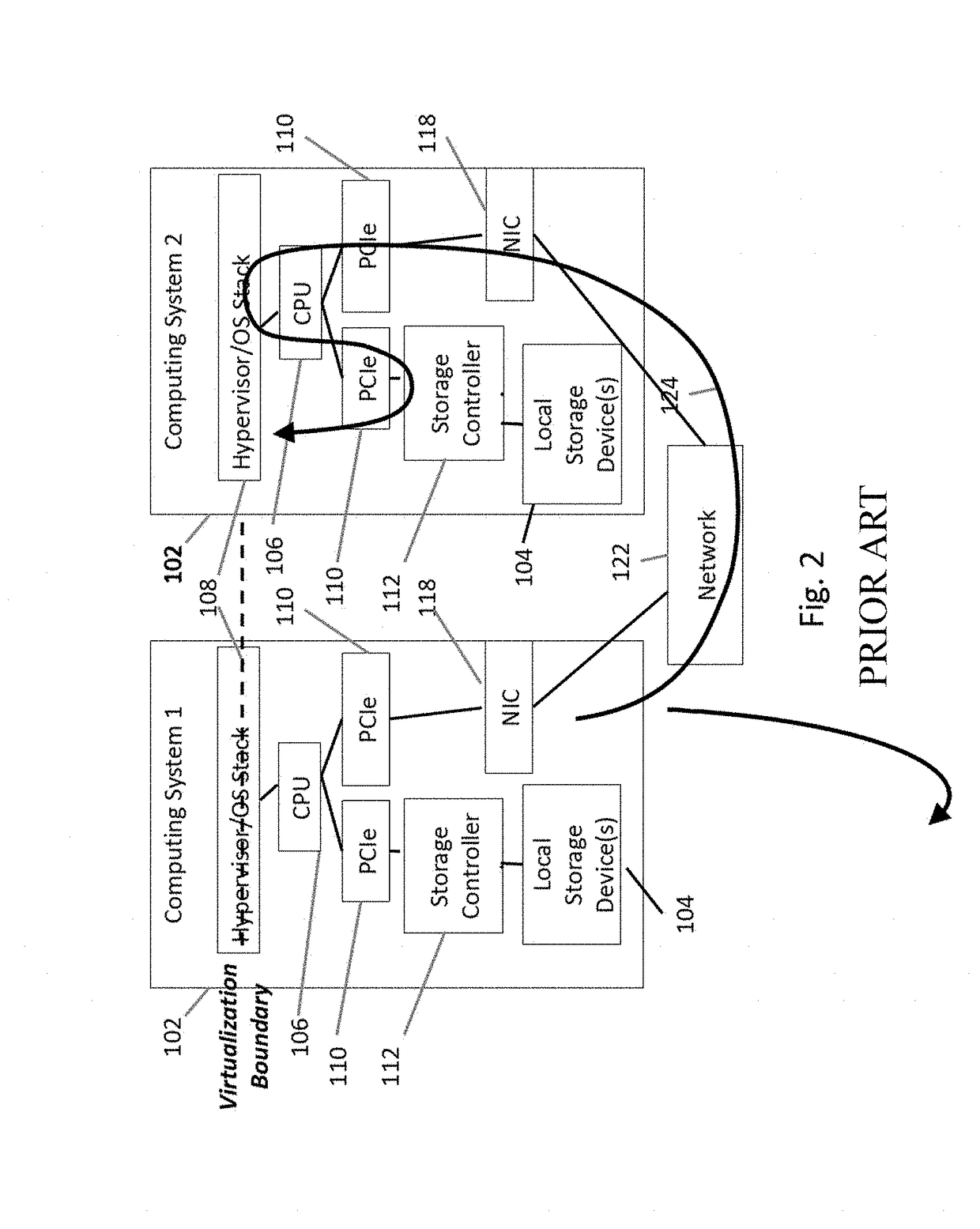Methods and systems for data storage using solid state drives
a technology of solid-state drives and data storage, applied in the field of network and data storage, can solve the problems of insufficient memory, poor input/output performance of virtual machine solutions, and significant challenges for enterprises that use such applications, so as to reduce the number of operations required, improve the use efficiency, and save resources
- Summary
- Abstract
- Description
- Claims
- Application Information
AI Technical Summary
Benefits of technology
Problems solved by technology
Method used
Image
Examples
Embodiment Construction
[0138]The present disclosure will now be described in detail by describing various illustrative, non-limiting embodiments thereof with reference to the accompanying drawings and exhibits. The disclosure may, however, be embodied in many different forms and should not be construed as being limited to the illustrative embodiments set forth herein. Rather, the embodiments are provided so that this disclosure will be thorough and will fully convey the concept of the disclosure to those skilled in the art. The claims should be consulted to ascertain the true scope of the disclosure.
[0139]Before describing in detail embodiments that are in accordance with the systems and methods disclosed herein, it should be observed that the embodiments reside primarily in combinations of method steps and / or system components related to converged networking and storage. Accordingly, the system components and method steps have been represented where appropriate by conventional symbols in the drawings, sh...
PUM
 Login to View More
Login to View More Abstract
Description
Claims
Application Information
 Login to View More
Login to View More - R&D
- Intellectual Property
- Life Sciences
- Materials
- Tech Scout
- Unparalleled Data Quality
- Higher Quality Content
- 60% Fewer Hallucinations
Browse by: Latest US Patents, China's latest patents, Technical Efficacy Thesaurus, Application Domain, Technology Topic, Popular Technical Reports.
© 2025 PatSnap. All rights reserved.Legal|Privacy policy|Modern Slavery Act Transparency Statement|Sitemap|About US| Contact US: help@patsnap.com



